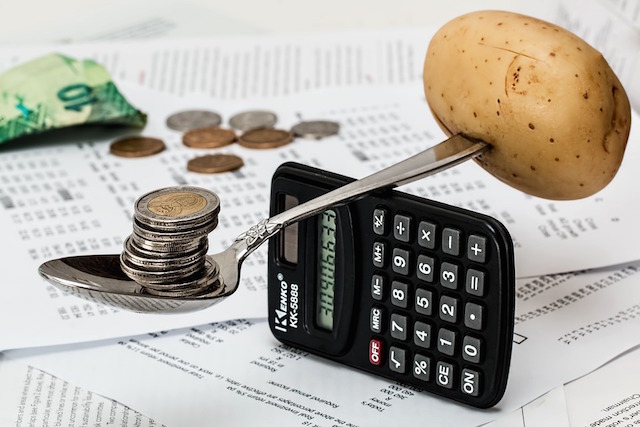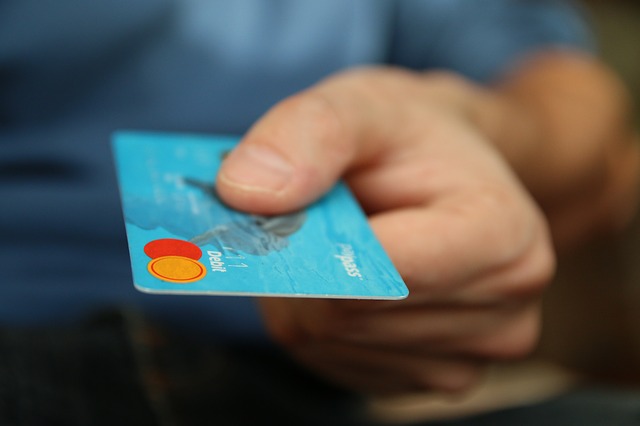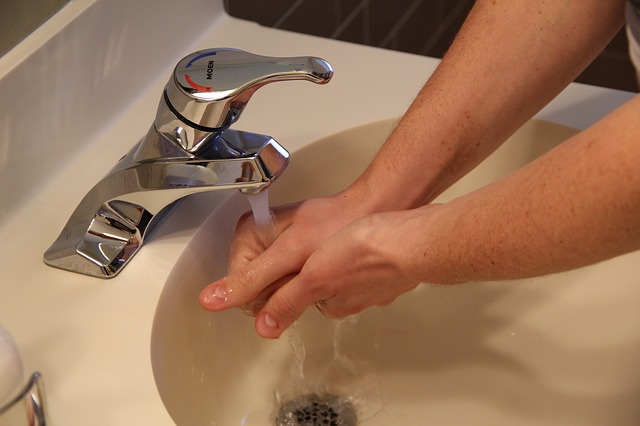How to make a budget

A budget is a tool you can use to get control of your expenses and save money for those expensive things you want to buy later such as a car or a home. Following is a step-by-step procedure on how to make a personal budget and take the first step to creating your financial independence.
- Determine how much money you have right now. How much is in your savings account, your checking account, your investments? You should also write down how much interest or growth you are making per year and how much you’re spending to maintain these assets.
- Determine how much you owe right now. On each of your debts (credit cards, mortgage, bank loans and car loan, student loan, and any other debt) what is the total amount owed on each one? What is the monthly payment on each one? What is the interest rate on each one?
- Determine your net worth. When you know how much money you have and how much money you owe, subtract one from the other to find out your net worth. For example, if you have $50,000 and owe $35,000, your net worth is $15,000. Your net worth may be below zero, but that’s okay at this point. By building a budget, you can change that.
- Determine your average recurring monthly expenses. Sometimes this isn’t easy. Keep all your receipts (groceries, entertainment, clothing, gasoline, insurance) utility bills (electricity, water, natural gas) and other information about your spending for two to three months. Yearly expenses (car insurance, taxes) can be divided by 12 to see what the monthly expense is.
- Divide all these expenses into categories, such as food (including restaurants), clothing, general shopping, transportation (including gasoline), entertainment, utilities, credit cards, and loans. For most people, these categories are good enough, but you could add more if you like. After tracking your expenses over a few months, determine an average amount for each category. For example, you may find that you’re spending an average of $800 a month on food.
- Start a Microsoft Excel spreadsheet on your computer and input your categories and the average amounts you spend every month. If you prefer, there are several online budgeting sites like mint.com, and youneedabudget.com or apps for your smart phone like mvelopes that will do the same thing.
- After entering all the information, you will discover whether your spending habits are working or not. If you’re spending less money than you make each month, then you’re okay. But if your monthly expenses are greater than your income, you’re going more and more into debt every month, and it’s just a matter of time before you are in big trouble. If this is you, then you must immediately cut back on your expenses. For example, you could order two cups of Starbuck’s coffee per week rather than seven. You could go out to dinner twice a month rather than every week. The important thing is to spend less than you make, and there are always things you can cut back on.
- To help you cut back on expenses, there are several websites that can help you, such as moneycrashers.com, thesimpledollar.com, or lifehack.org. On these websites you’ll learn that biking or walking to work can save you about $8600 a year and that doesn’t even include parking fees. If you must drive, then consider car-pooling and sharing the commute with other people. Shopping in thrift stores is another way to cut back, especially on clothing. At the grocery store buying no-name brand products is another good idea. These products are often made by the same manufacturers that make the name-brand products and are of the same quality for a lower price. Rather than buying your lunch, bringing a lunch to work can save you lots. Another way to cut back is cooking your own meals. On the weekend make enough food for many meals and refrigerate meals for the week. The goal of cutting back on your expenses is to have extra money at the end of the pay period. This money is for savings, and when you determine how much it is, then you should pay yourself first. This means that with every paycheck the first thing that you should do is put money into your savings account. When it’s in your savings account, you won’t feel like taking it out again to meet expenses, and you’ll try harder to live within your budget.
- If you have lots of debt, then consider taking out a consolidation loan from the bank and paying it back over two or three years. As you’re doing this, stop using your credit cards and pay for things with cash. This way you’ll stop going into more debt as you’re getting out of debt.
- As the months and years pass, you may have to make adjustments to your budget, for example when gasoline prices increase, when your rent goes up, or when you get a raise at work. You may have to move some money from one category to another to make your budget work. If your income increases, don’t start spending more. Instead, put more money into your savings account. Experts say you should build your savings account to an amount that is equal to three month’s income. This is your emergency fund in case something bad happens, such as losing your job or your car breaking down. In the beginning sticking to your budget may seem hard to do, so you’ll need some discipline. In the long run you’ll be happy that you started limiting your spending and saving for those big expenses like a new car or a home.
Vocabulary:
expenses: spending
procedure: way to do something
budget: a plan for spending money
financial: of or about money
independence: freedom
determine: find out, figure out
savings account: a bank program that pays interest on your savings
checking account: a bank program that allows you to write checks.
investments: places where you can grow your money.
interest: the percentage a bank or investment pays you on your money.
maintain: keep in good working order
assets: things that are worth money
owe: have to pay back in the future
debt: amount of money you owe
mortgage: a loan to buy a house
loan: money someone lends you which you have to pay back
interest rate: percentage you pay for a loan
net worth: the amount of money you would have if you sold everything and paid back everyone.
recurring: happening again and again
insurance: a program that pays you if something bad happens
utilities: basic things you need to pay for in your home
categories: groups of things that are alike
tracking: writing down
average: all the expenses added together divided by the number of expenses
spreadsheet: a computer program where you can input numbers into columns and rows
income: the money you make from all sources
cut back: spend less
commute: trip to work and back home
thrift stores: stores that sell used items
manufacturers: producers, makers
quality: being well-made
pay period: the amount of time (one week, two weeks, etc.) that you get a paycheck.
consolidation loan: a loan that pays off all your smaller debts.
adjustments: small changes
emergency fund: money for when you’re in trouble and need help.
breaking down: not working
discipline: telling yourself what to do








